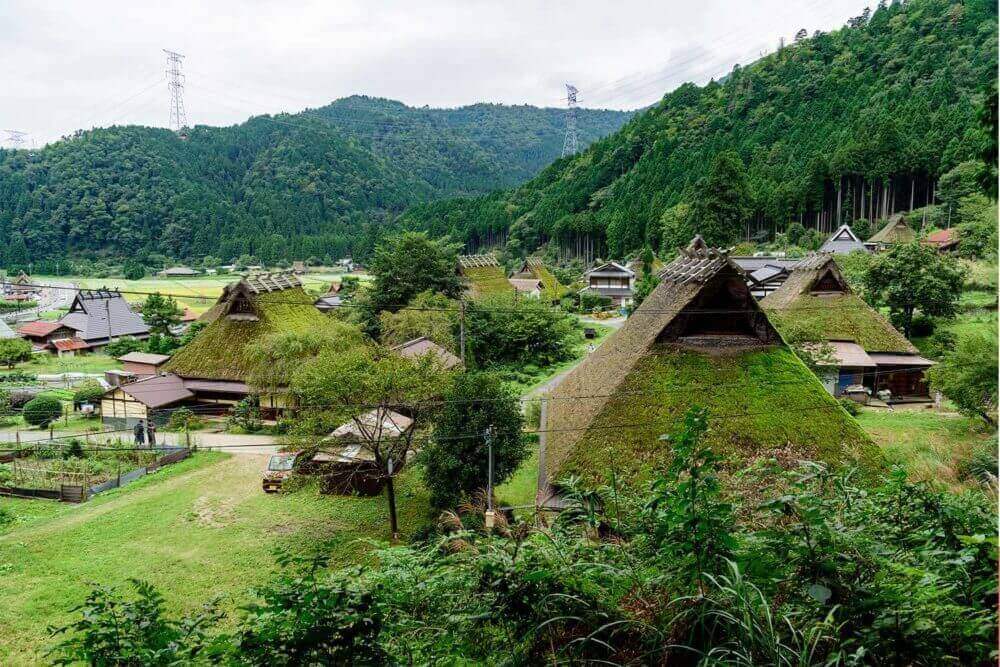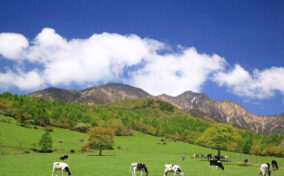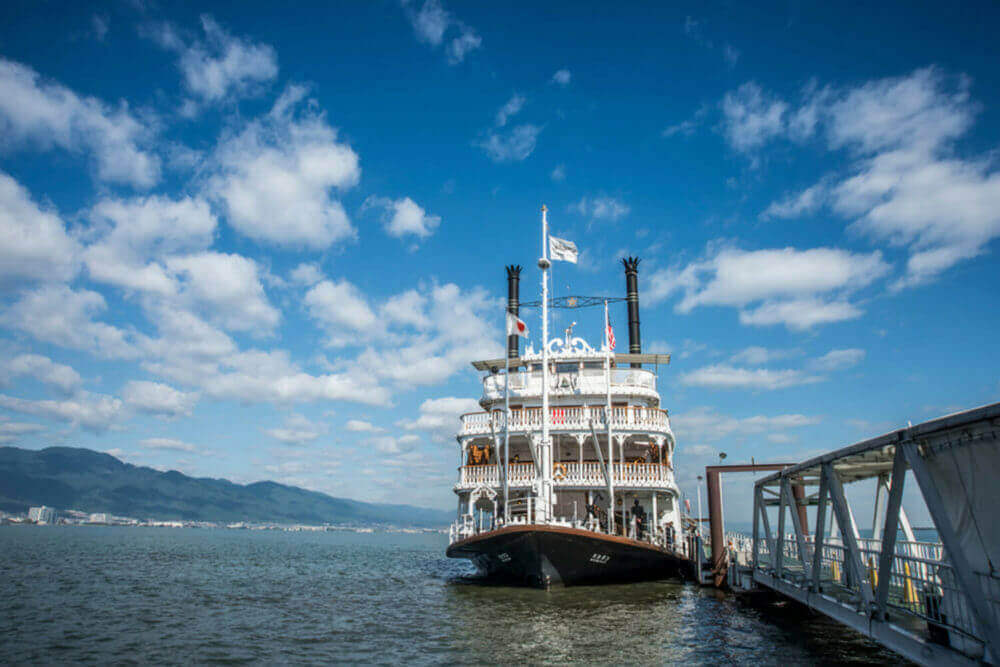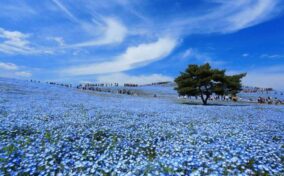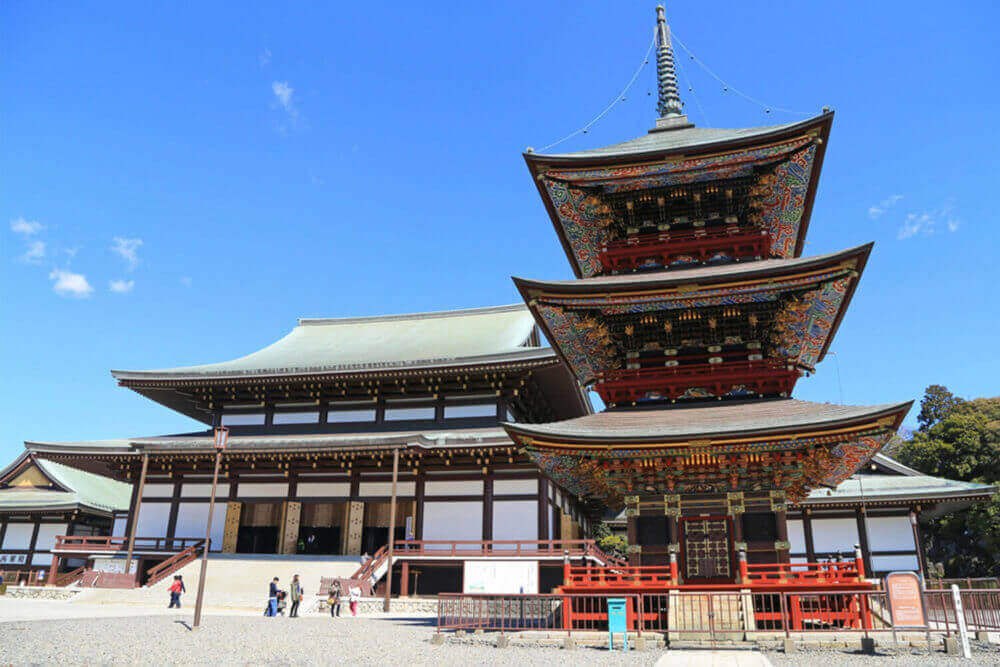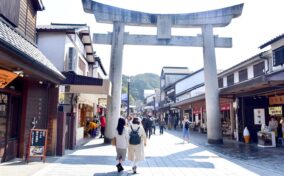Fukuoka Prefecture is a great base for exploring the rest of Kyushu, Japan’s southernmost island. You can stay in Fukuoka Prefecture and visit nearby cities such as Nagasaki, Kumamoto, and Beppu on a day trip to experience Japanese culture and history. Of course, there are many attractive places and things to experience in Fukuoka Prefecture. Fukuoka City, the central city of Fukuoka Prefecture, is a very lively city. There are also many delicious foods. In Dazaifu City, southeast of Fukuoka City, there is also a large shrine called Dazaifu Tenmangu.
On this page, we will introduce sightseeing spots that we would like you to visit and things you should experience in Fukuoka Prefecture.
Table of Contents
Outline of Fukuoka
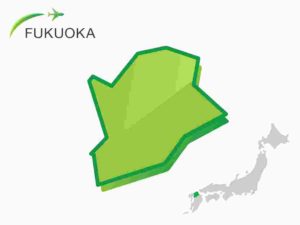
Map of Fukuoka
Fukuoka Prefecture is located on the northern coast of Kyushu and is the largest region in Kyushu in terms of both population and economic activity.
The center of Fukuoka tourism is Fukuoka City, the prefectural capital. Fukuoka City, the largest city in Kyushu and the gateway to Kyushu, has many attractive spots such as Hakata, Tenjin, and Seaside Momochi Seaside Park. In addition, there are many stalls in the center of Fukuoka City where you can eat delicious local food. Access from all cities in Japan and overseas is also good, so if you travel around Kyushu, it would be a good idea to start from Fukuoka City and visit Nagasaki, Kumamoto, Aso, Beppu, and Yufuin.
Other than Fukuoka City, Dazaifu City, where Dazaifu Tenmangu Shrine is located, Kitakyushu City, Itoshima City, and Yanagawa City, which are scenic spots, are recommended sightseeing spots.
Access to Fukuoka : Fukuoka Airport
Fukuoka Airport is the base airport for Kyushu and is very well served by both international and domestic flights. The terminal is divided into international and domestic flights. Fukuoka Airport is conveniently located only 5 minutes by subway to JR Hakata Station, the center of Fukuoka.
>>Use Skyscanner to check flights arriving and departing from Fukuoka Airport!
Access to Fukuoka : JR Hakata Station
JR Hakata Station in Fukuoka City is served by Shinkansen and non-Shinkansen JR trains and subways. The Shinkansen also runs from Hakata to Kyushu. From Hakata Station, it takes about 5 hours from Tokyo and 2.5 hours from Shin-Osaka. The Shinkansen also runs from Hakata to Kyushu. From Hakata Station, it takes about 35 minutes at the fastest to Kumamoto Station, and 1 hour and 20 minutes to Kagoshima Chuo Station on the southern coast of Kyushu.
Local Foods of Fukuoka
Tonkotsu ramen
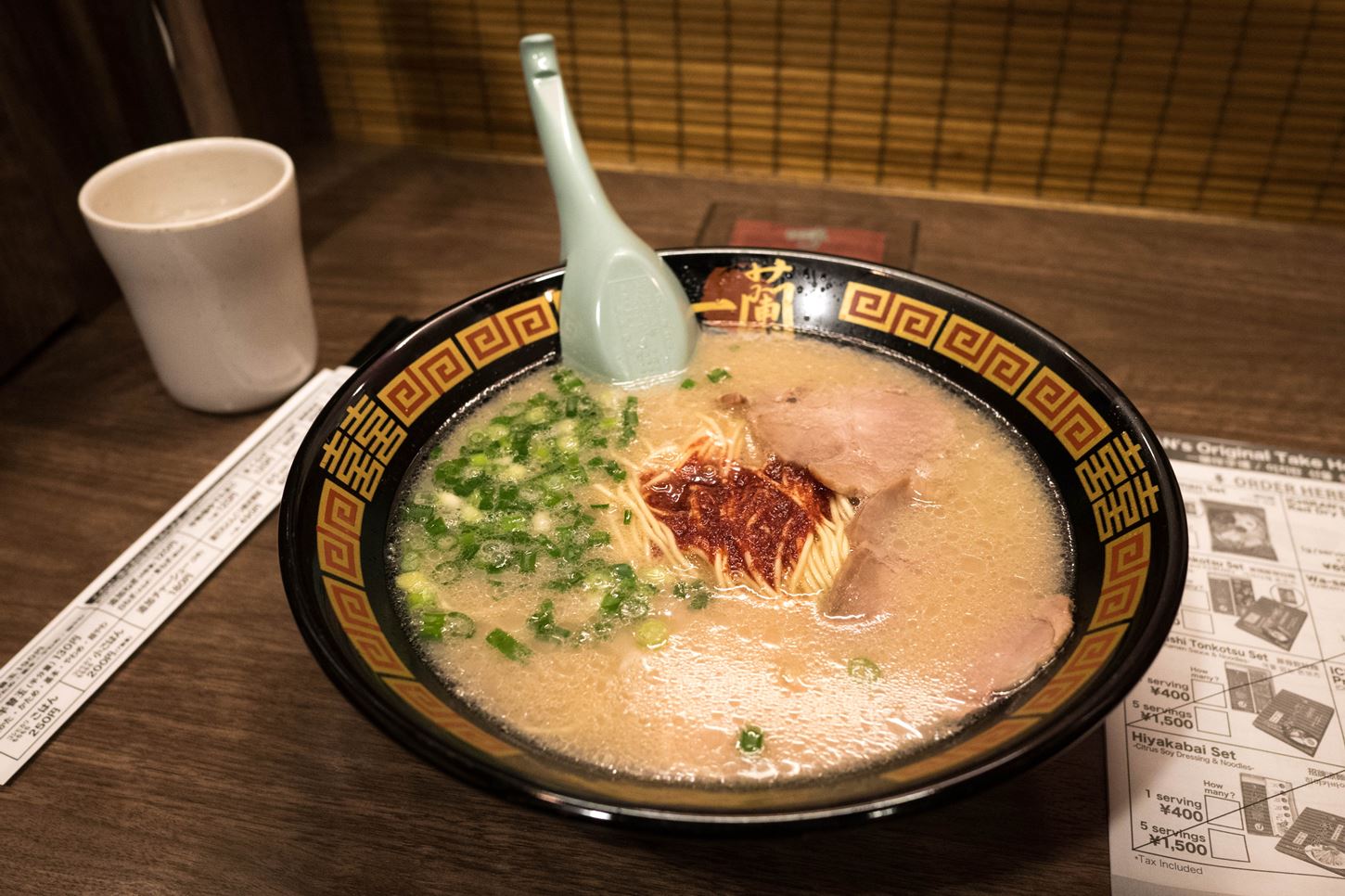
Ichiran Ramen chain in Fukuoka at Hakata railway station. Ichiran Tonkotsu Ramen is found in Fukuoka Prefecture in 1960 = Shutterstock
Fukuoka is a foodie’s paradise. Tonkotsu ramen is the most famous. A creamy tonkotsu-based soup with thin noodles. It is a hearty and unforgettable taste.
Motsunabe
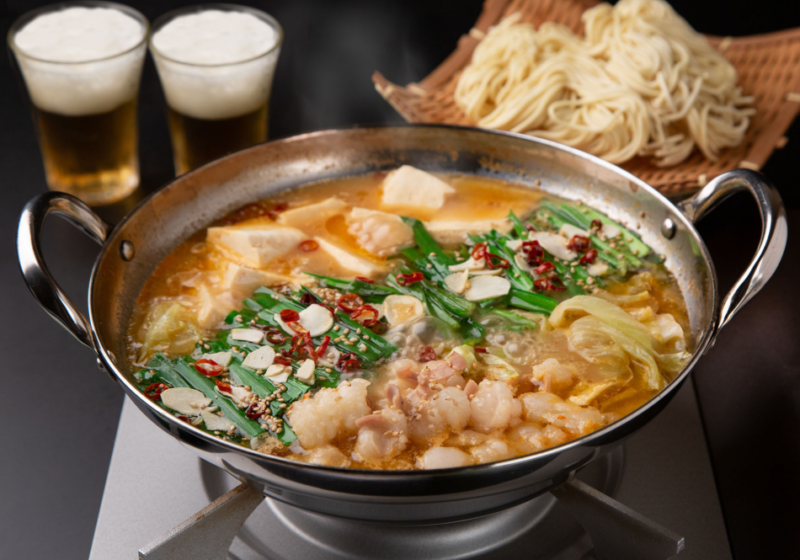
motsunabe
Motsunabe, a hot pot dish made with beef and pork intestines, is also popular with the locals. The broth is made with miso or soy sauce, and is filled with plenty of vegetables and meat. A perfect dish to share with friends and family.
Karashi Mentaiko
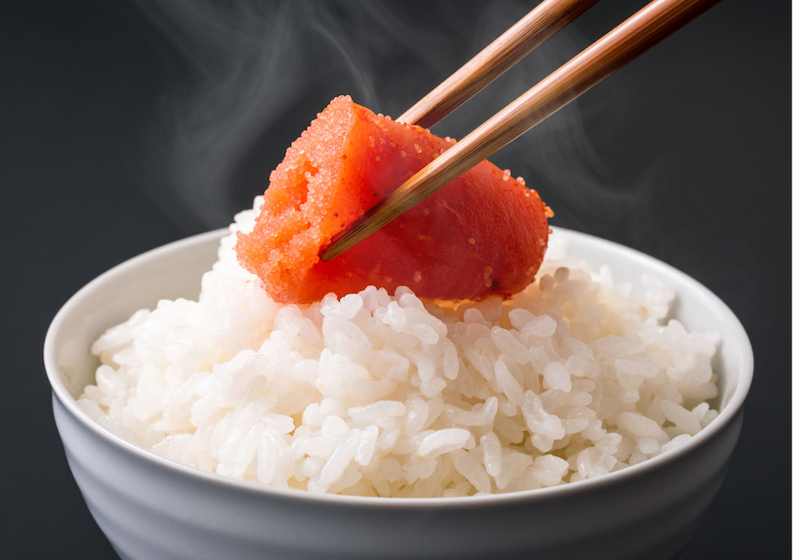
Karashi Mentaiko
Fukuoka’s specialty “Karashi Mentaiko” is loved by Japanese people. It is a staple of Fukuoka souvenirs. It is often served on top of rice or used as an ingredient in rice balls. It has a unique taste that you can’t taste anywhere else.
You can experience them at various restaurants in Fukuoka, so please try them when you visit Fukuoka.
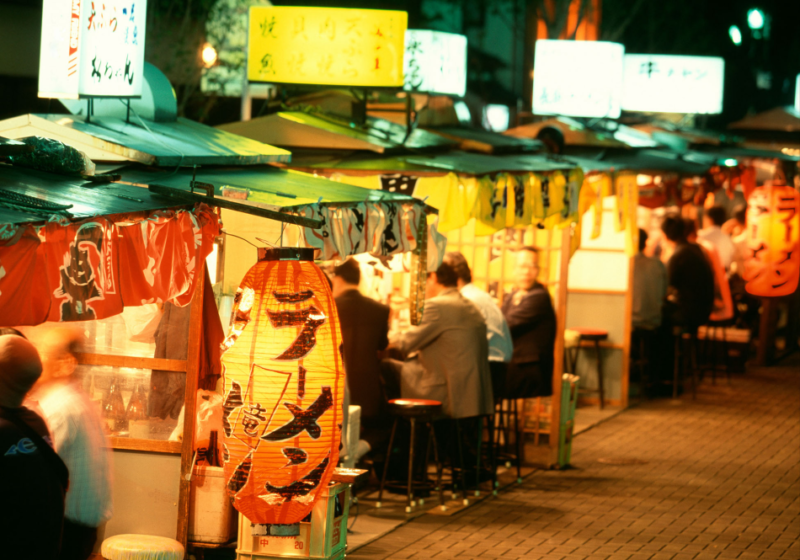
Yatai_Fukuoka-City
Well, when you think of Fukuoka, you think of yatai. In the evening, small mobile food stalls come into view, offering a variety of local dishes. Yatai is a great opportunity to experience Fukuoka’s food culture and get to know the locals. You can try all kinds of dishes such as ramen, yakitori, tempura and kaisenyaki. The lively and friendly atmosphere makes it a perfect way to end your night in Fukuoka.
Fukuoka City
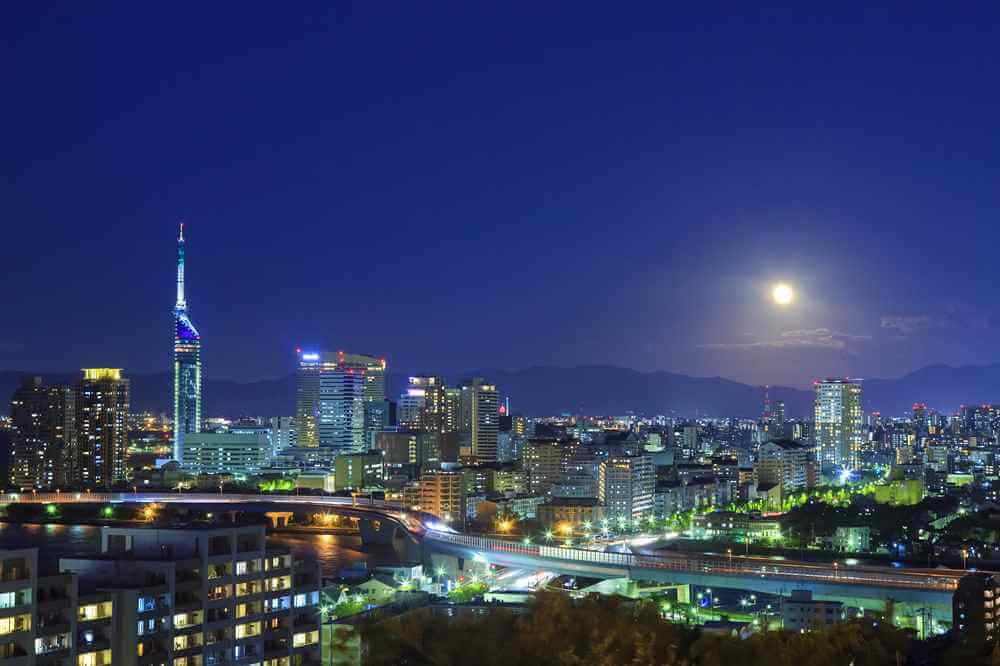
Night view of Momochi seen from Mt. Atago = Photo provided by Fukuoka City
Fukuoka City is the capital of Fukuoka Prefecture and the central city of Fukuoka. The largest city in Kyushu, it is a tourist spot with lively downtown areas such as Hakata, Tenjin, and Seaside Momochi Seaside Park, as well as local cuisine that can be eaten at food stalls in Nakasu.
You can read more about Fukuoka City in the article below.
Kitakyushu City

Kitakyushu-City
Kitakyushu is the second largest city in Fukuoka Prefecture after Fukuoka City. Kitakyushu has developed into one of Japan’s leading industrial areas since the early 20th century, centering on the steel industry. Today, various old facilities from the early 20th century are the centerpiece of the city’s tourism. Kitakyushu also has a wonderful wisteria garden called the Kawachi Wisteria Garden. If you are a flower lover, this garden is highly recommended.
Mojiko Retro

Mojiko (“Moji Port”), which once flourished as an international trade port, allows you to enjoy a pleasant stroll between Meiji and Taisho (1868-1926) buildings
Moji Port, along with the ports of Yokohama and Kobe, flourished as a trading port in Kyushu from the early 20th century. Old buildings such as the Mojiko Station building from those days, Moji Mitsui Club, a social salon established by a major trading company, a branch of Osaka Merchant Marine, and the customs house have been renovated for tourists in recent years. These buildings and areas are collectively known as “Moji Retro. Visitors to this neighborhood can stroll through the retro world of early 20th century Japan.
Kawachi Wisteria Garden
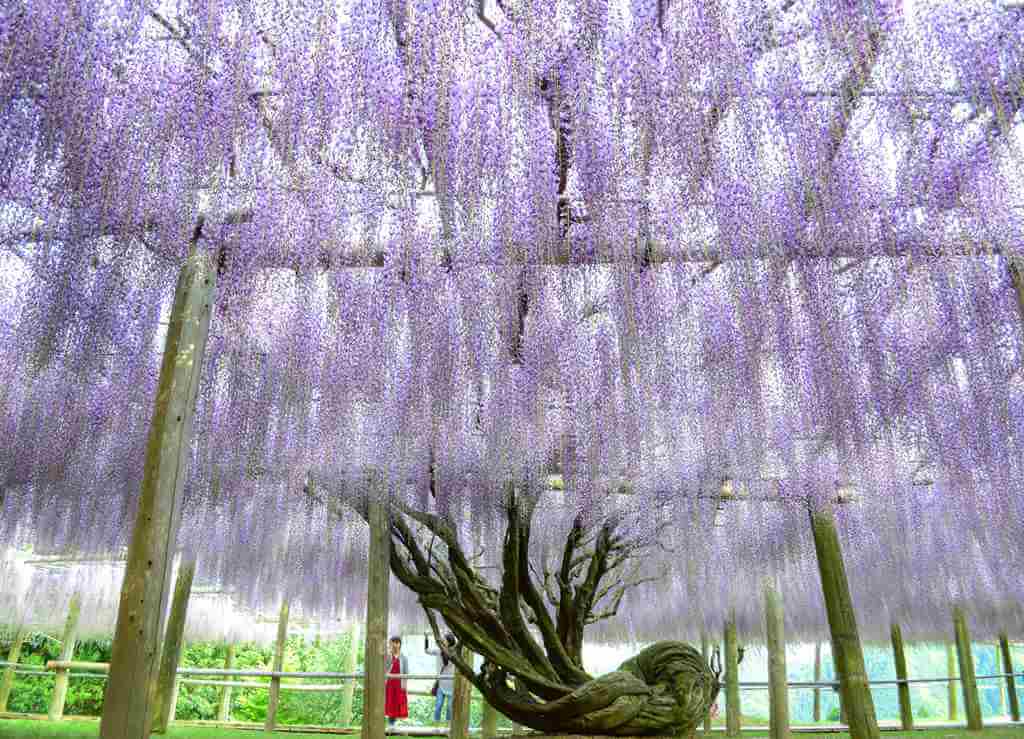
The wisteria flowers at the Kawachi Wisteria Garden. Kitakyushu, Fukuoka, Kyushu = Shutterstock
Kawachi Wisteria Garden in Kitakyushu City, Fukuoka Prefecture, is a garden park where wisteria flowers are extremely beautiful. From late April to mid May, every year, beautiful wisteria flowers bloom in the vast garden.
>>Click here if you want to know the overview of Kawachi Wisteria Garden and the tour menu etc.
Itoshima City
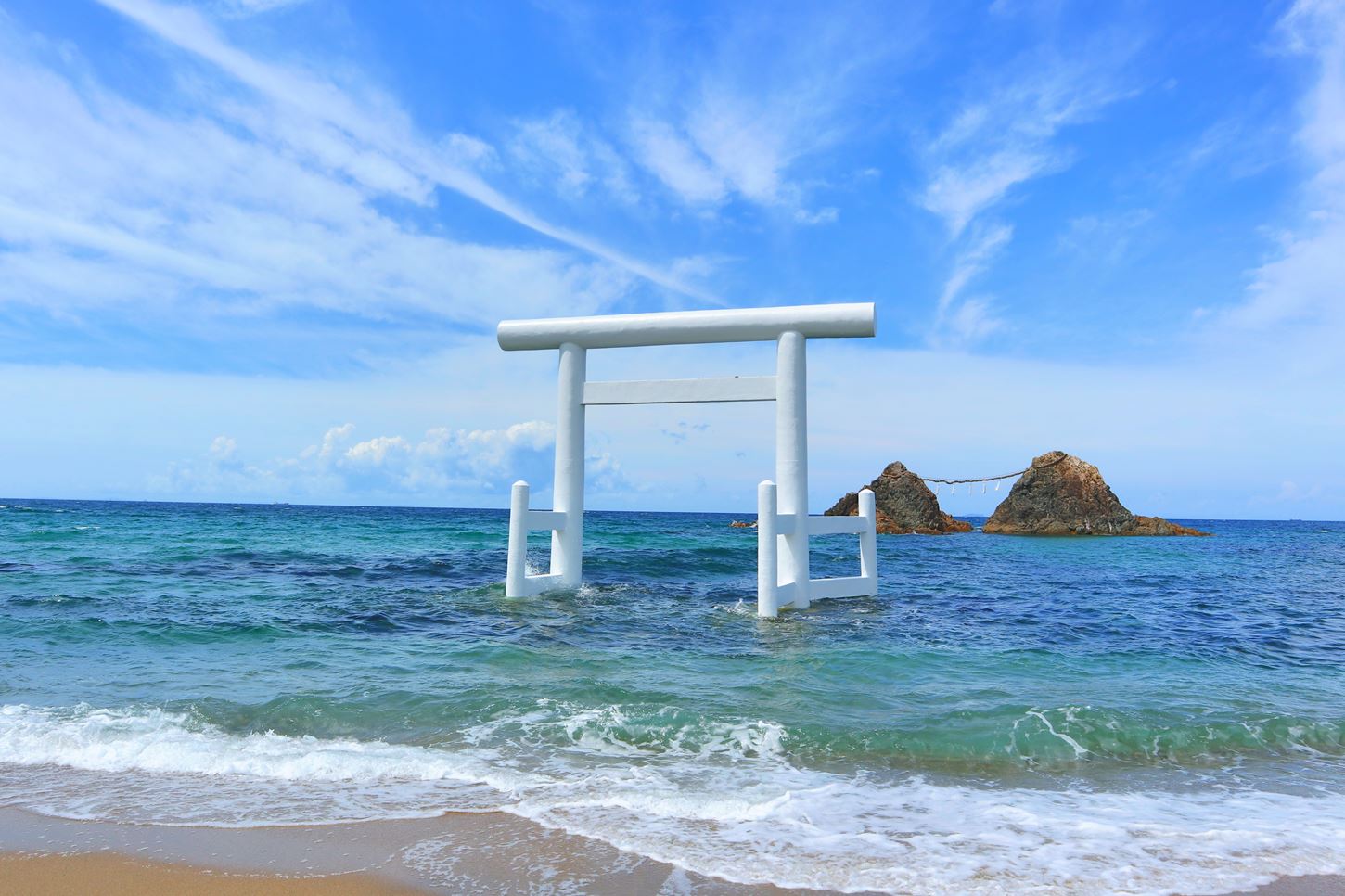
White torii gate on the beach in Itoshima, FukuokaPrefecture, Japan=Shutterstock
Itoshima is a peninsula jutting out into the Genkai Sea, about 40 minutes west of Fukuoka city by car. It is a popular tourist destination for locals because of its beautiful seascape. In particular, Sakurai Futamigaura, whose symbol is a white torii gate, is very photogenic and is very popular. The coastline is dotted with stylish restaurants, cafes, and glamping spots.
Yanagawa City
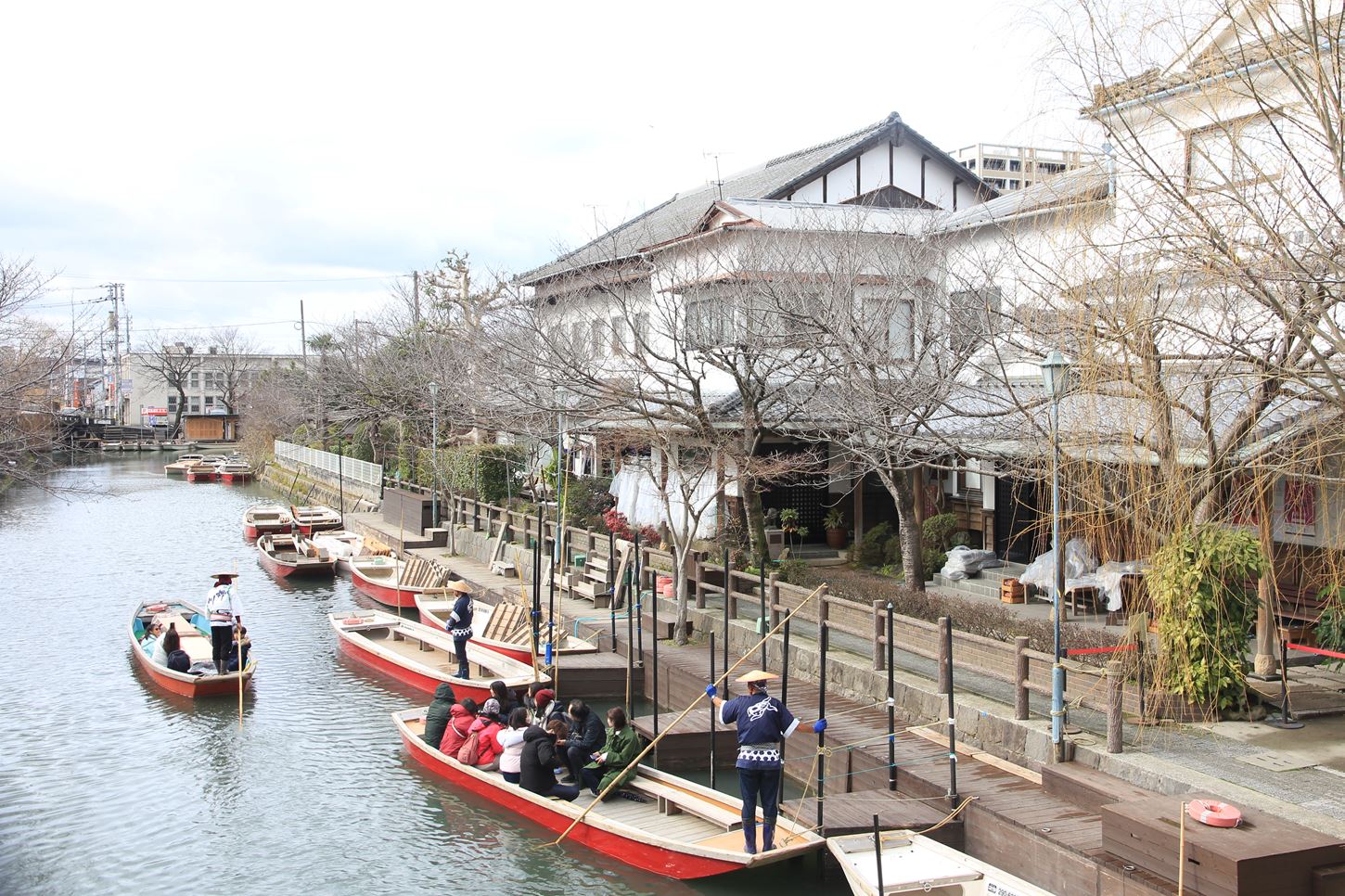
People Waiting for a Boat Ride. Yanagawa is a famous canal town in Kyushu island = Shutterstock
Yanagawa City is an old castle town located 50 km south of Fukuoka City. Many moats have been established within the city since olden times, and transportation by small boats has flourished. Even today, there is a course for tourists that takes about one hour on a small boat with a capacity of about 10 people, and it is very popular as a highlight of the sightseeing tour. It is possible to take a day trip from Fukuoka City.
Dazaifu City
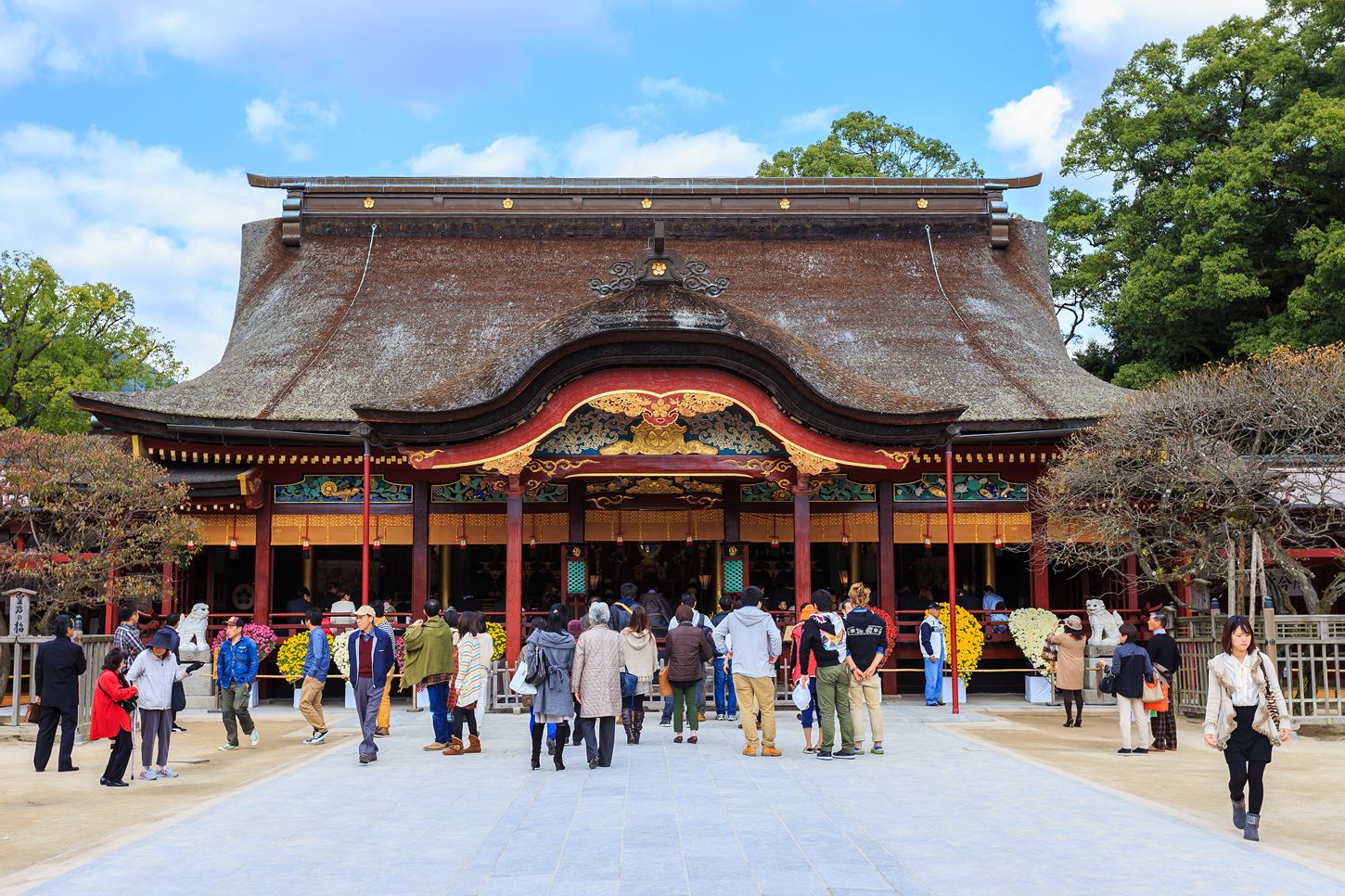
Dazaifu shrine in Fukuoka, Japan = Shutterstock
Dazaifu City is a quiet town with a population of 70,000 located 16 km southwest of Fukuoka City. Dazaifu used to be the base for the Imperial Court in Kyoto to rule Kyushu, and in the 9th century, there was a very distinguished nobleman in Kyoto named Sugawara no Michizane. In the 9th century, there was a very distinguished nobleman in Kyoto named Sugawara no Michizane, but he was shunned by the Fujiwara, a powerful clan in the imperial court at the time, and was left to Dazaifu, where he died. Dazaifu Tenmangu Shrine was born in honor of Sugawara no Michizane.
Dazaifu Tenmangu Shrine is the headquarters of all Tenmangu shrines in Japan. In Japan, Tenmangu Shrine is popular as the “god of learning” and many people visit the shrine when they take university entrance exams. Why not visit this shrine representing Japan?
Dazaifu Tenmangu Shrine
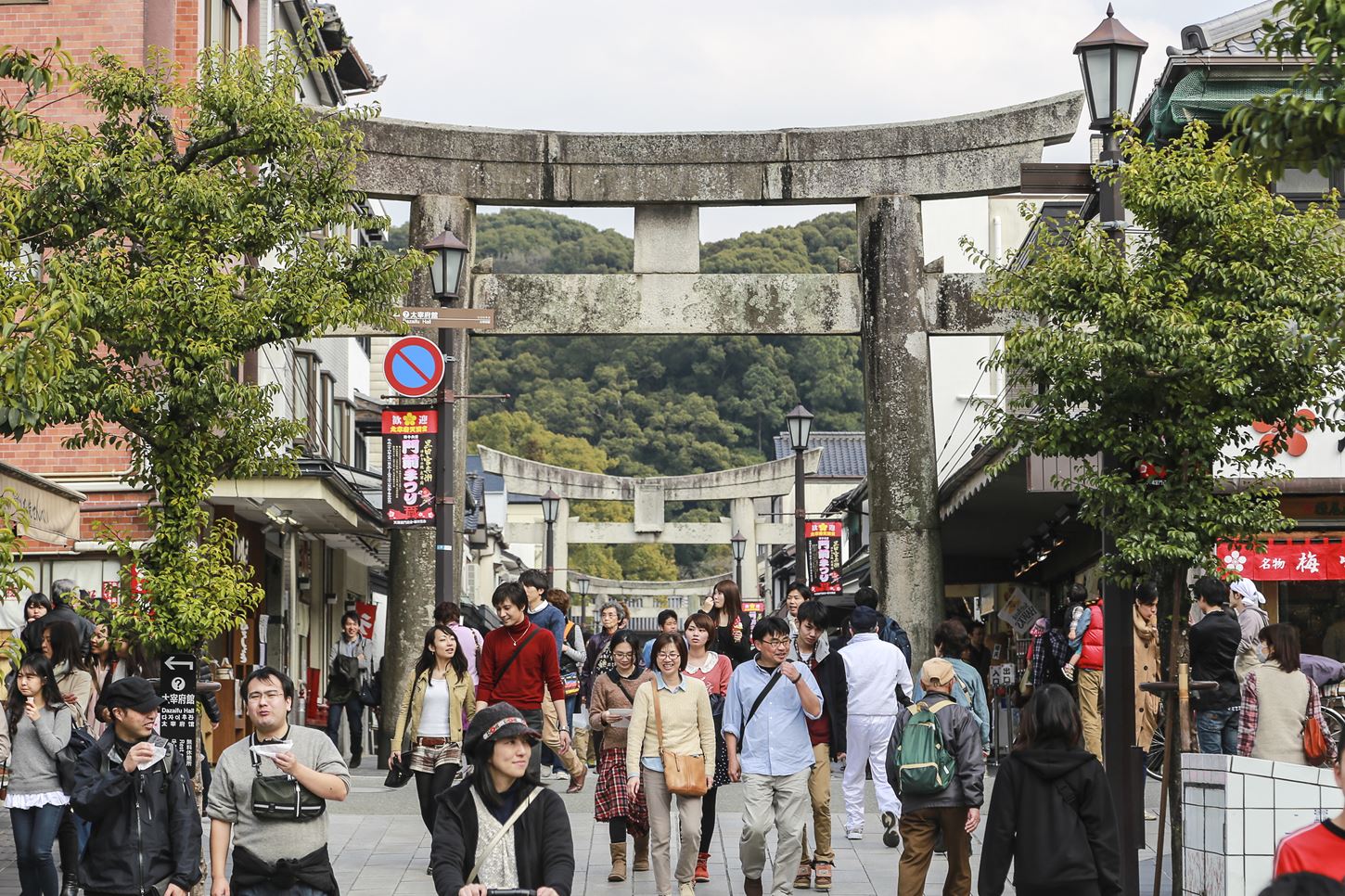
Many Tourists are walking pass the Torii gate of Dazaifu tenmangu shrine ,The most famous and ancient in Fukuoka, Japan = Shutterstock
Dazaifu Tenmangu Shrine is the head temple of Tenmangu, which is dedicated to Sugawara no Michizane. It is known as the “God of Learning” because Sugawara no Michizane was very intelligent. For this reason, students from all over Japan visit Dazaifu Tenmangu Shrine to pray for success in entrance examinations. Tenmangu Shrine is very spacious and has a calm atmosphere. The approach to Tenmangu Shrine is lined with many souvenir stores and food shops. The specialty is a rice cake called “Umegae-mochi.
>>Click here if you want to know the overview of Dazaifu Tenmangu and the tour menu etc.
Komyozen-ji Temple
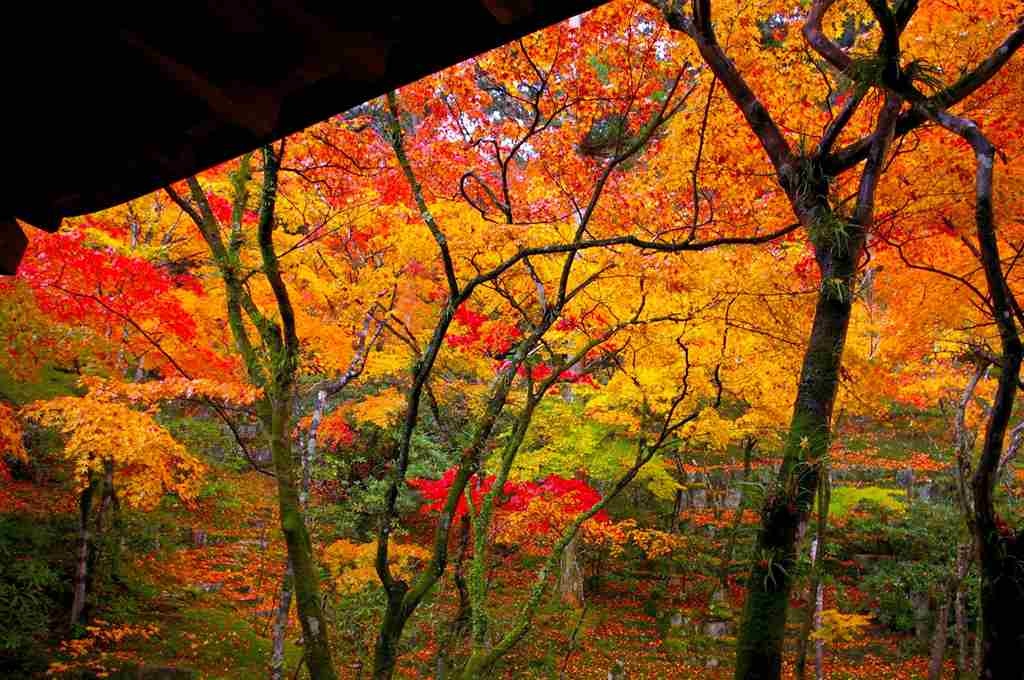
Komyozen-ji Temple in Dazaifu City, Fukuoka Prefecture = Shutterstock
Komyozen-ji Temple has two Japanese gardens designed by Mirei Shigemori, a famous 20th century landscape architect. The Zen garden at this temple is one of the best in Kyushu. In late November, the autumn colors are wonderful. However, please note that this temple is closed irregularly.
>>Click here if you want to know the overview of Komyozen-ji Temple and the tour menu etc.
Thank you for reading to the end.
For a good trip, please check Fukuoka’s tour menu, discount passes, etc. from here.
Now, let’s plan to make your vacation in Japan the best experience ever!
Back to "Best of Kyushu Region"



